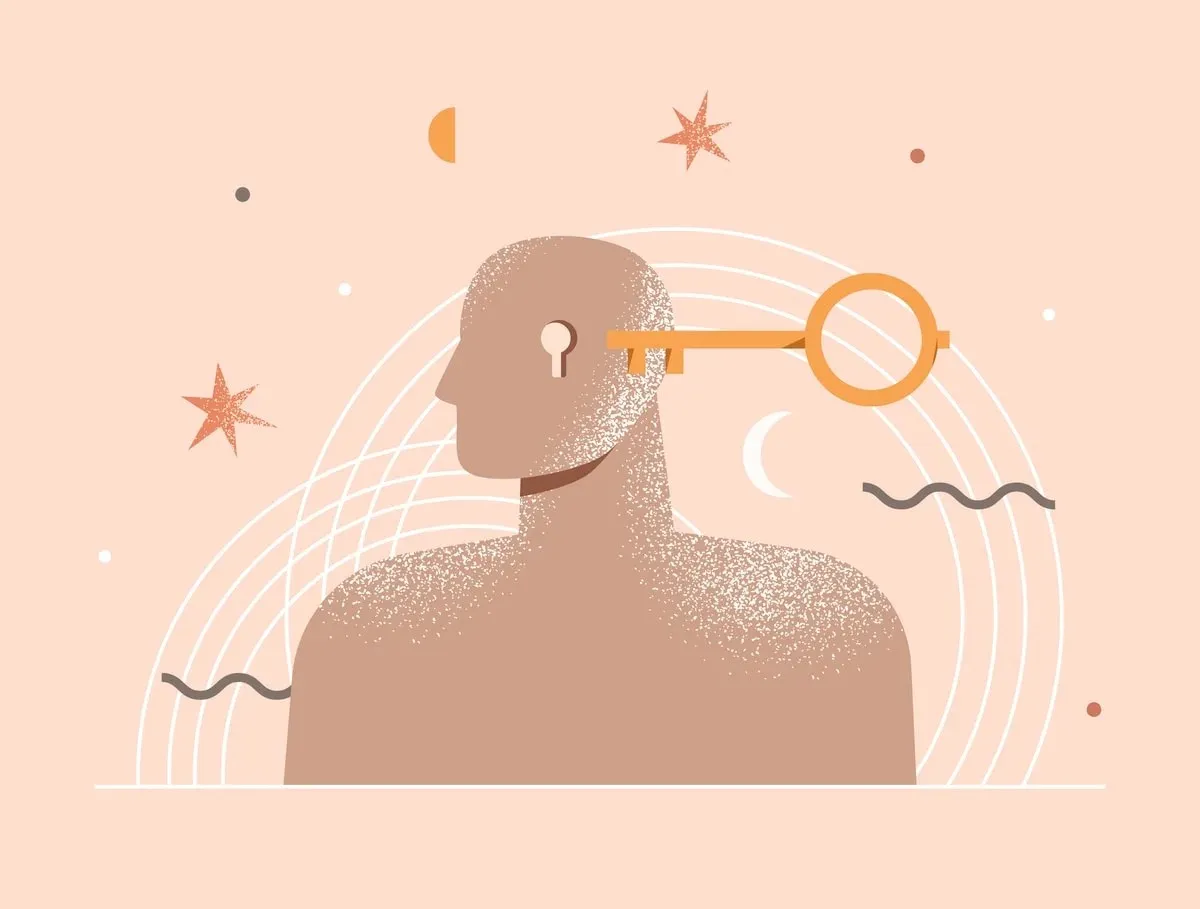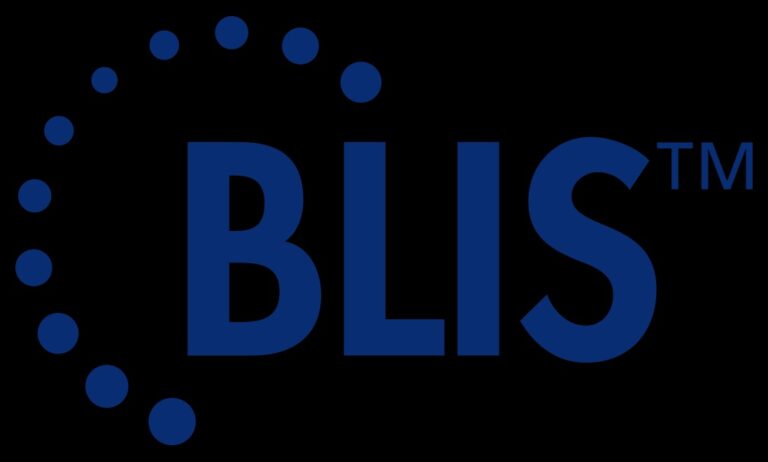Unlocking the Mind: A Deep Dive into the Psilocybin Compound
In recent years, the scientific community and the general public alike have shown growing interest in a naturally occurring psychedelic substance known as the psilocybin compound. Found primarily in certain species of mushrooms, psilocybin has a rich history of traditional use and is now undergoing a modern renaissance in medicine, mental health treatment, and personal development.
This article explores what psilocybin is, how it works, its therapeutic potential, and the evolving role of the psychedelic association in shaping its future.
What is the Psilocybin Compound?
Natural Origins
The psilocybin compound is a naturally occurring tryptamine alkaloid found in over 180 species of fungi, commonly referred to as “magic mushrooms.” When ingested, psilocybin is metabolized in the human body into psilocin, the active agent responsible for its psychoactive effects.
These mushrooms have been used ceremonially by indigenous cultures for thousands of years, particularly in Central and South America. They were often consumed during religious rituals to promote spiritual insight and healing.
Chemical Structure and Mechanism
From a scientific perspective, psilocybin is structurally similar to serotonin, a neurotransmitter that plays a critical role in mood regulation, perception, and cognition. Psilocybin and its metabolite psilocin bind to serotonin receptors in the brain, especially the 5-HT2A receptor, altering communication between brain regions.
This alteration leads to:
- Enhanced sensory perception
- Altered sense of time
- Emotional release
- Spiritual or mystical experiences
The Renaissance of Psychedelic Research
A Historical Pause
The 1950s and 1960s saw a surge in psychedelic research, including studies on psilocybin. However, due to widespread recreational use and political concerns, most psychedelics were banned in the 1970s. Psilocybin was classified as a Schedule I drug in many countries, halting almost all scientific research.
The Modern Comeback
In the past two decades, interest in psilocybin has reignited. Prestigious institutions like Johns Hopkins University and Imperial College London have conducted rigorous studies showing the compound’s potential in treating various psychological conditions.
These include:
- Depression: Psilocybin-assisted therapy has shown remarkable effects on treatment-resistant depression.
- Anxiety: Especially in terminally ill patients, psilocybin helps reduce existential distress.
- PTSD and OCD: Early trials indicate that psilocybin could help process trauma and break repetitive thought patterns.
- Addiction: The compound has shown promise in helping individuals overcome alcohol and tobacco dependence.
The Role of Psychedelic Associations
Advocacy and Education
Organizations under the umbrella of the psychedelic association are vital to reshaping public perception and policy around psilocybin and other psychedelics. These associations include researchers, clinicians, legal experts, and activists working to destigmatize the use of psychedelics through education and outreach.
Notable associations include:
- MAPS (Multidisciplinary Association for Psychedelic Studies)
- The Psychedelic Society
- The Beckley Foundation
- The Heffter Research Institute
These groups advocate for responsible, science-based approaches to psychedelic use and aim to integrate these compounds into modern healthcare.
Policy Change and Legalization
Thanks to the efforts of psychedelic associations, several cities and countries have begun to decriminalize or legalize psilocybin under specific conditions. For instance:
- Oregon, USA: Became the first U.S. state to legalize psilocybin therapy in 2020.
- Canada: Allows medical exemptions for psilocybin use in end-of-life care.
- The Netherlands: Permits the sale of psilocybin truffles in regulated smart shops.
These changes reflect a growing global acknowledgment of psilocybin’s therapeutic value and safety profile when used responsibly.
How Psilocybin Therapy Works
Preparation
Psilocybin therapy is not about taking a mushroom and hoping for the best. Clinical use involves a structured process guided by trained professionals. Patients first go through extensive psychological preparation to understand what to expect and set intentions for the experience.
The Session
During the session, a patient typically consumes a measured dose of synthetic psilocybin in a comfortable, controlled environment. Therapists are present throughout to offer emotional support. Music, lighting, and guided meditation may be used to enhance the experience.
Integration
After the session, patients participate in integration sessions to help process the experience and apply insights gained during the trip to their daily lives. This step is essential to ensuring long-term therapeutic benefits.
Risks and Considerations
Not for Everyone
Although psilocybin is non-addictive and physically safe in controlled settings, it’s not suitable for everyone. People with a personal or family history of psychosis or schizophrenia may be at increased risk of adverse psychological reactions.
Importance of Set and Setting
The effects of psilocybin are highly influenced by the user’s mindset (“set”) and physical/social environment (“setting”). Negative settings or mental states can lead to anxiety, confusion, or so-called “bad trips.”
Legal Status
Despite increasing acceptance, psilocybin remains illegal in many parts of the world. Always verify the legal status in your country or region before considering its use.
Psilocybin and Spiritual Growth
Beyond clinical applications, many users report that psilocybin opens doors to spiritual insight and profound personal transformation. These experiences often include:
- A sense of oneness with the universe
- Dissolution of the ego
- Deep emotional catharsis
- Connection with nature or a higher power
This spiritual dimension has made psilocybin a focal point in modern discussions about consciousness, existential meaning, and human potential.
The Future of the Psilocybin Compound
Expanding Research
With increasing funding and institutional support, we can expect more large-scale clinical trials in the coming years. Researchers are also exploring microdosing, the practice of taking sub-perceptual doses of psilocybin for enhanced creativity, mood, and productivity.
Commercial and Pharmaceutical Interest
Several biotech companies are racing to develop psilocybin-based treatments. These formulations aim to offer standardized, reliable dosing for clinical use, further legitimizing psilocybin in mainstream medicine.
Societal Impact
The growing interest in the psilocybin compound is not just about healing illness; it’s also about reimagining how we relate to our minds, each other, and the world. Through education and advocacy from the psychedelic association community, psilocybin may become a cornerstone of a more compassionate and conscious society.
Conclusion
The psilocybin compound stands at the crossroads of science, spirituality, and social change. With mounting evidence supporting its therapeutic benefits and growing advocacy from organizations within the psychedelic association network, the future of psilocybin looks promising.
As we continue to learn more about this ancient yet scientifically fascinating substance, one thing is clear: psilocybin is not just a drug—it’s a tool for transformation, healing, and human evolution.






